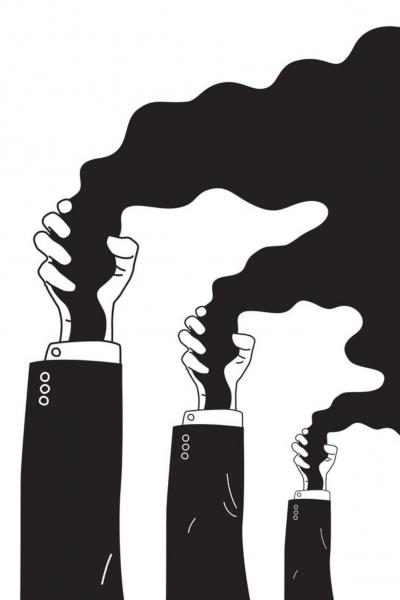In between these extremes, a third line of though says that Trump’s policies do not matter since many US states, cities and businesses have embraced the economic and environmental benefits of a rapidly growing and competitive clean energy and technology market. Thus Trump, as a businessman, will be an ultimate convert. Currently, the price and capacity of renewable energy rivals fossil fuels, particularly coal, in many developed and developing countries. Though during the campaign Trump promised to revive coal in US energy mix, the latest study by the International Energy Agency shows that growth of coal is slowing to a crawl, with just 0.2 percent a year against a 50 percent growth by natural gas, and majority of the investments are going to renewables. Global investment in renewable energy and energy efficiency attracted a record USD 329 billion in 2015 – most of it for solar and wind power, more than any other energy sector. Meanwhile, installation of new renewable energy sources has now surpassed fossil energy. China as the leader might even be happy to see the US sitting on the sidelines of this clean growth opportunity.
As a citizen from Bangladesh, a country regarded by many as the ‘ground zero’ of vulnerability, we will expect, though not as my preferred option, that President-elect Trump embraces the third option –- using market principles in solving climate change, which the Paris Agreement actually represents. For example, once China starts its emissions trading scheme from next March, over half of the world’s GDP will come under some kind of carbon pricing. The danger of US’ withdrawal is that it may have a domino effect, particularly on rapidly growing emitters from developing countries.
In terms of climate finance, a US withdrawal will have more negative effects particularly for the most vulnerable countries. US’ discontinuation of the pledged USD 3 billion to the Green Climate Fund will immediately impact adaptation finance, which trails far behind mitigation initiatives. Though the available finance falls short of real needs in terms of magnitude, US’ withdrawal will further deepen the fiscal cliff.
Obviously, climate finance stands at the core of negotiations, always being the most rancorous agenda. Marrakech was no exception. Almost two weeks of intensive negotiations failed to produce an agreed framework on long term finance, which ultimately was salvaged by the Moroccan COP presidency, adopting an innocuous and anodyne text, just urging the developed countries to scale up the pledged mobilisation of USD 100 billion a year by 2020.
Against all these political pitfalls, climate science continues telling us a grimmer tale: 2016 is going to be declared as the hottest year, with 1.2 degree C temperature higher that of the pre-industrial era. Sea ice levels are reaching record lows at both the poles, threatening to cause watery deaths to many small island states and to permanently inundate low-lying coastlands of countries like Bangladesh, a nightmare just waiting in the corner. The Paris Agreement’s goal of keeping temperature rise below 2 degree C relative to pre-industrial level could remain just a pipe dream if we fail to take action now!
Let me conclude with a statement that Winston Churchill gave at the House of Commons on November 12, 1936, which remains relevant to this day:
“So they [the Government] go on in strange paradox, decided only to be undecided, resolved to be irresolute, adamant for drift, solid for fluidity, all-powerful to be impotent … Owing to past neglect, in the face of the plainest warnings, we have entered upon a period a danger … The era of procrastination, of half measures, of soothing and baffling expedience of delays, is coming to its close. In its place we are entering a period of consequences … We cannot avoid this period, we are in it now.”
We can only hope that as we already live in a climate-changed world, the global community, including the US, will not procrastinate any longer in taking decisive actions.
Source: The Daily Star










